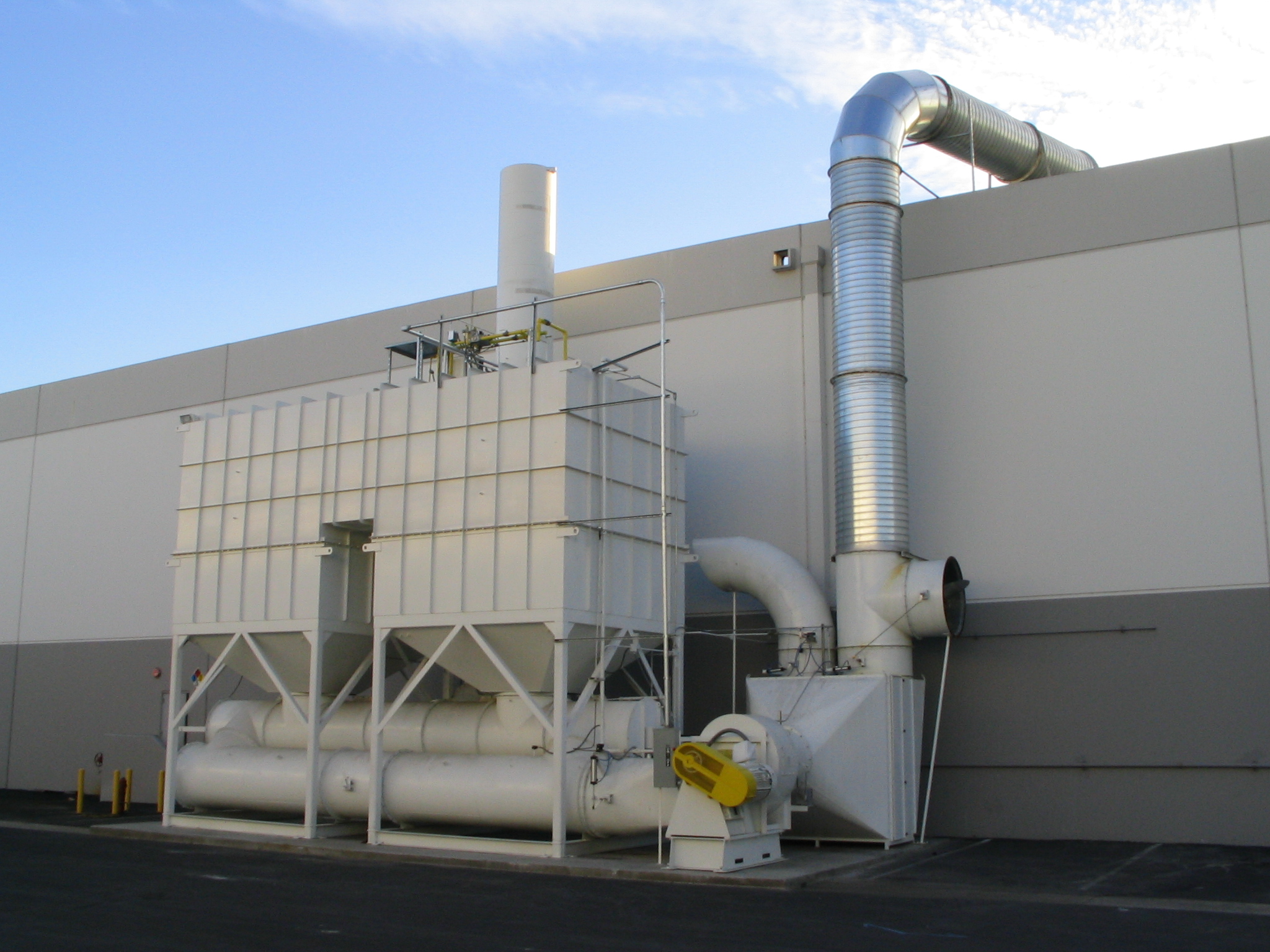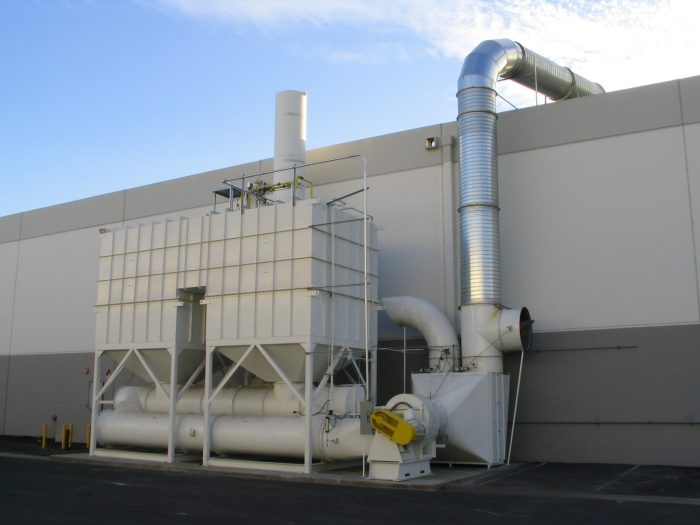
Ship & Shore Thermal Oxidizers Capture & Destroy VOC & HAP Emissions from Manufacturing Process
June 15, 2016 5:14 pmShip & Shore Thermal Oxidizers Capture & Destroy VOC & HAP
Emissions from Manufacturing Process

Fume and odorous emissions from Volatile Organic Compounds (VOCs) and Hazardous Air Pollutants (HAPs) are a big environmental and financial concern for most manufacturers. VOC Emission control is now required under strict government and local environmental. As the manufacturing involving chemicals, plastics, inks for printing, paint, automotive has increased so have concerns about impact on the air quality of our communities and cities as well as maintaining compliance with local agencies.
Organic solvent emissions can cause unpleasant odors, but more serious solvents like Acetone, Propanol, Ethyl Acetate, Toluene, Methanol, Ethanol, Xylene and are photo chemically active and can be not impact the environment, but communities as well as employees and workers and are now under the watchful eye of the ever increasing EPA regulations and air compliance guidelines.
Ship & Shore specializes in cost effective, innovative solutions, the emissions from each process must be carefully considered when choosing the right options with several considerations as well as correct data. This allows a air pollution control system to be designed to capture and destroy VOCs at the source. This will usually be addressed by using an oxidizer to convert the solvent fumes to carbon dioxide and water vapor.
An oxidizer uses a combustion process for the capture and destruction of VOC emissions. A common less complex or updated solution is a THERMAL OXIDIZER system that uses direct combustion, referred to as an afterburner, in which the VOC fumes are brought into direct contact with the burner flame.
The second type of oxidizer, a Catalytic or or Regenerative Catalytic Oxidizer that uses a catalyst to promote oxidation at lower temperatures. The catalyst can be very expensive depending on the process and this is taken into consideration with all the other options available.
The third, and usually most efficient and cost effective option is the Regenerative Thermal Oxidizer, which uses ceramic beds to recover heat which can lower operation cost by reusing the energy and heat for process pre-heating or space heat.
Another option that is not used as much based on other solution’s, is the Recuperative Thermal Oxidizer using similar technologies with the addition of a heat exchanger for applications that have too much heat.
Oxidizers can be small, ranging in size from 100 scfm to 14,000 scfm for an individual process or up to 100,000 scfm or more to control an entire facility. They are highly effective and can capture and destroy emission at high rates the more than meet air permit compliance guidelines as well as make the workplace, communities and environment at large a safer, cleaner space. Making companies more sustainable profitable and socially responsible.
Ship & Shore helps manufacturers maintain compliance with complete environmental solutions for air pollution abatement and energy and heat recovery systems for maximum efficiency and cost effective operations. If you have any concerns, would like to know more about specific OZONE REGULATIONS and how they may affect your business, or just need a little expert advice, please call Ship & Shore Environmental at (562)997-0233
Categorised in: Air pollution, Energy, EPA, Events, News, News, Technical


